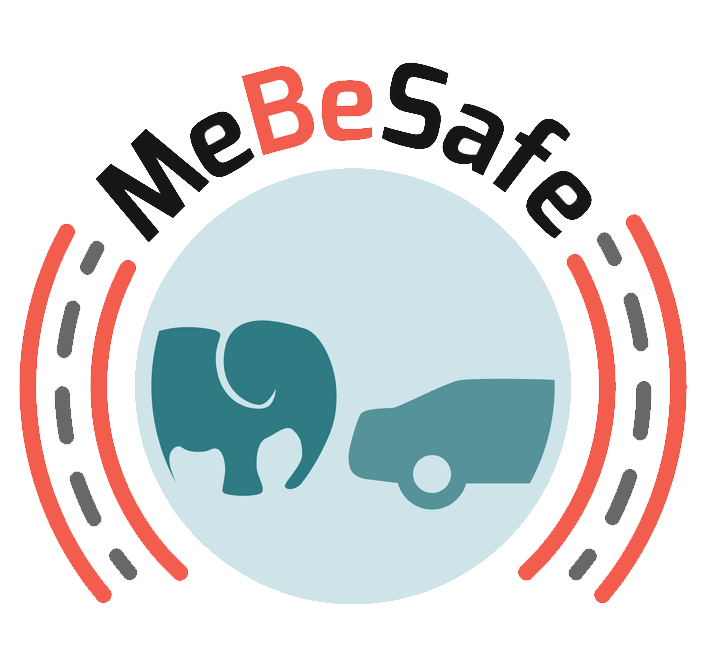Some words from the project coordinator Dear readers, A warm welcome to our final Newsletter on the EU-Project MeBeSafe. Three and a half years of…
Search Results for:
If you want to go out and develop a nudge yourself, it requires you to know what a nudge is. MeBeSafe developed framework, now readily available for anyone to learn and develop upon.
MeBeSafe invented a novel concept on and peer-to-peer coaching for truck drivers. Covid-19 made it impractical to evaluate the effect. But the heart-warming response hints at great potential.
When lots happen around the road, it’s difficult to prioritize what is important. Tech can detect issues, and a nudge can then help us redirect our attention in in 6 of 10 times.
There are many attempts to “slow down” cyclists with rumble stripes or bumps, but these hard measures have little effect. MeBeSafe made a cyclist-centred nudge with promising results.
Drivers are known to keep on driving when getting tired. But taking a break could mean the difference between safe arrival and an accident. MeBeSafe investigated how to make it appealing to stop.
Cars often drive too close to one another. Adaptive Cruise Control (ACC) can automatically keep the distance safer, but many people who have ACC do not use it. Could a nudge work?
MeBeSafe is introducing the idea of soft measures (e.g. nudging, coaching) in a traffic safety environment – an area more known for hard measures (e.g. prohibitions, speeding tickets, speed bumps)
MeBeSafe have developed a nudge using lights in the roadsides, that leads to 40% fewer speeding drivers. If a nudge is to be implemented, however, it’s desirable if people also understand and accept it. And they do.
The nudging and coaching measures of MeBeSafe are proven to work. But what does this mean in reality? How much does a certain speed decrease mean in terms of saved lives?
